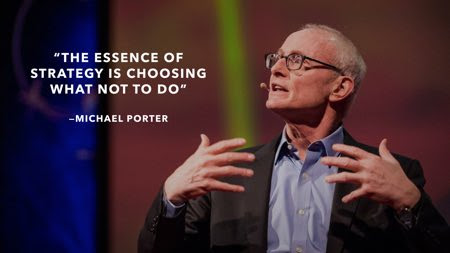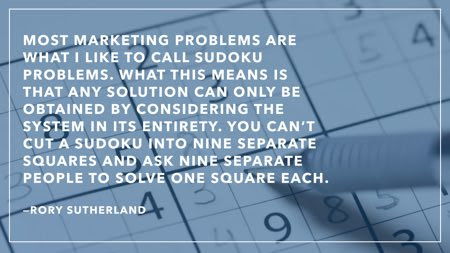Our mission is to help you pull back from front-line execution and contemplate the bigger picture. Our hope is that this reflection leads to some smart choices and, ultimately, a sharper strategy that yields better results.
But we know from experience that there are many steps between thoughtful reflection and strategy definition. And we know that journey is not always an easy one. So what are the pitfalls? And how can you overcome them? Let’s take a moment to pause and reflect.
- Let’s start with a pointed question that probably rings truer than most of us would like: “Why is it that when a group of managers gets together for a strategic planning session they often emerge with a document that’s devoid of ‘strategy’, and often not even a plan?”
- Part of the problem comes down to terminology. Before you can create a great strategy, you need to know what a great strategy looks like. Here’s a helpful refresher, including a clear breakdown of the crucial difference between strategies and tactics.
- In a similar vein, our favourite short-hand definition for “strategy” comes from Michael Porter—once referred to as “the most famous business professor in the world.” For Porter, strategy is all about making tough choices and deliberately choosing to be different.

- Contrast this with how the term “strategy” is often used in the modern marketing press. Take this recent headline: “Sharpen Your Marketing Strategy With The Top Digital Trends Of 2018”. Most of these “trends” are just new digital tactics and technologies. A truly “sharp” strategy—in Porter’s view—would prioritize tough choices and the need to be different over following the latest digital trends.
- Not that digital trends don’t matter. There are real issues related to technological change that modern marketing strategies must address. Here we love George Westerman’s point-of-view: “You don’t need a digital strategy”, he says, “you need a better strategy, enabled by digital.”
- The rise of digital has also lead to more channels, complexity and specialization within marketing departments. A good marketing strategy needs to rise above these silos and connect all of the dots. Rory Sutherland explains why with a clever sudoku analogy.

- Sutherland’s puzzle analogy is a good one. Creating a solid strategic plan isn’t easy. But with all the right pieces in place, it’s possible to turn those strategic planning sessions into something truly useful. With that in mind, we’d like to close by sharing a solid practical tool for writing clear, useful strategy statements that can help your teams make better decisions every day.

